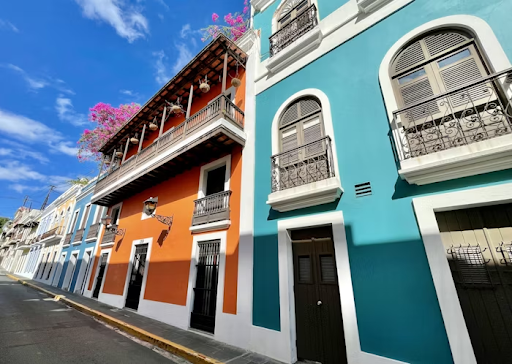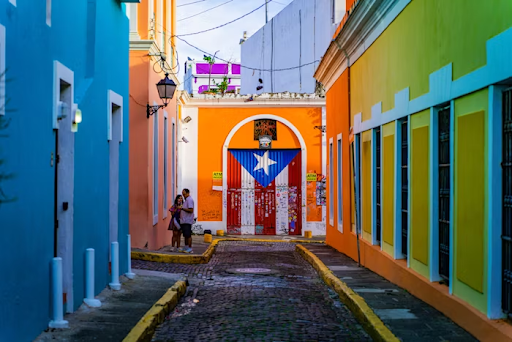If you’ve been browsing apartments for sale in Puerto Rico, you’re not alone. In recent years, global buyers—from first-time investors to remote professionals—have discovered that condos and walk-ups offer a practical, livable way to step into the island market. Apartments balance price, convenience, and lifestyle while keeping options open if your long-term plan is still taking shape.
Why apartments are the new “entry point”
Price-to-value and predictability
Compared with single-family homes, apartments often cost less up front and come with clearer carrying costs. HOA fees are published, building rules are documented, and maintenance is handled collectively. For people comparing properties in Puerto Rico from abroad, that predictability is a real advantage. Many shoppers literally search “properties in puerto rico” just to gauge options and price bands before they narrow to buildings.
Rentability and mobility
If you split your year between cities, a condo makes lock-and-leave living feasible. Many buildings allow mid-term leases, and some permit short-term rentals (subject to municipal rules and bylaws). That flexibility can offset costs while you test neighborhoods and lifestyles.
Community and amenities
Shared gyms, pools, 24/7 security, and co-working lounges aren’t just perks; they simplify everyday life, especially if you’re still learning the island’s rhythms. In dense neighborhoods, you can skip a car and walk to cafés, pharmacies, and the beach.
Where to start: quick neighborhood snapshots
San Juan’s Condado and Isla Verde deliver beach-forward living, high walkability, and fast airport access. Santurce and Miramar bring arts, dining, and a mix of character buildings and new mid-rises. Dorado suits a resort-amenity lifestyle within commuting distance of the capital. On the west, Rincón offers surf culture and sunsets; to the east, Fajardo and Humacao cater to boaters and nature-seekers. In the south, Ponce provides historic architecture, museums, and generally friendlier prices.
Understanding price ranges and ownership basics
Apartments bundle multiple cost factors: HOA dues, insurance (including windstorm coverage), utilities, and property taxes. Compare apples to apples by looking at total monthly outlay, not just list price. A smaller unit in a full-service building might cost the same to carry as a larger unit in a simpler complex—and that’s fine if the amenities fit your routine.
Financing works much like the mainland U.S. because Puerto Rico is a U.S. territory, but underwriting and insurance requirements can vary by building and location. Ask lenders early which buildings they approve and what down payments are typical for non-resident buyers. Cash buyers still need rigorous due diligence.
Two documents matter a lot: condo bylaws (covering pets, rentals, renovations) and financial statements (reserves, recent special assessments). Healthy budgets and clear maintenance plans signal a building that invests in the future—something every buyer should value in a coastal market.
Lifestyle checklist beyond the listing
- Noise & orientation: Higher floors can feel quieter, but often windier; east-facing terraces catch morning sun and stay cooler later.
- Walkability: Map your daily “triangle”—grocery, coffee, gym. A tight 10-minute radius often beats an extra bedroom you rarely use.
- Internet & power: If you work remotely, confirm fiber options and generator coverage for common areas and, ideally, your line.
- Parking & storage: City units sometimes trade space for location. If you surf, dive, or cycle, check storage rules for boards and gear.
- Hurricane readiness: Look for impact windows, elevation above flood zones, and building-wide storm plans.
Working with a real estate company—without the hard sell
A good real estate company should feel like a guide, not a gatekeeper. Interview more than one broker, ask about recent transactions in your target buildings, and clarify whether they represent you (buyer’s agent) or the seller. If you’re abroad, lean on video walk-throughs, candid building histories, and the occasional “skip this one” warning.
Search habits matter too. Many buyers start with “real estate company near me” to gather references at home, then request introductions on the island. Referrals surface pros who communicate clearly in English and Spanish and who know which buildings have strong reserves or pending repairs.

How to research from abroad
Start broad, then narrow:
- Shortlist buildings that match your budget and commute-to-lifestyle ratio (airport proximity, beach access, downtown walkability).
- Pull condo documents early—bylaws, house rules, minutes, and reserve studies—to see whether the building invests in itself.
- Request a seller’s disclosure and ask about plumbing stacks, elevators, roof projects, and generator capacity.
- Compare HOA fees over three years. Stable fees plus rising reserves is a good sign; rock-bottom fees can mean deferred maintenance.
- Do a one-week test stay nearby to feel traffic patterns, nighttime noise, and building culture.
- Assemble your team: lender (if financing), attorney or closing officer, inspector, and a property manager if you won’t be local full-time.
Common pitfalls to avoid
- Assuming all buildings allow short-term rentals. Rules vary by municipality and HOA; some require 30-day minimums. Verify first.
- Underestimating insurance. Coastal premiums can surprise newcomers. Model total cost of ownership with realistic numbers.
- Skipping a reserve check. Low reserves often foreshadow special assessments—great buildings are transparent about upcoming projects.
- Buying “for the view” only. Light, airflow, and noise patterns affect daily life more than you’d expect.
- Rushing the inspection. In older towers, plumbing, waterproofing, and elevator systems deserve extra scrutiny.
A final take: investment that lives like a home
The smartest buyers treat apartments as both shelter and strategy. By focusing on apartments for sale in Puerto Ricothat fit your real life—not just the vacation reel—you’ll land a place that works in year one and year ten. Start with neighborhoods that match your routines, vet the building as closely as the unit, and lean on a professional real estate company for on-the-ground perspective. As your plans evolve, you can trade up, rent out, or simply lock the door and follow the sun.







